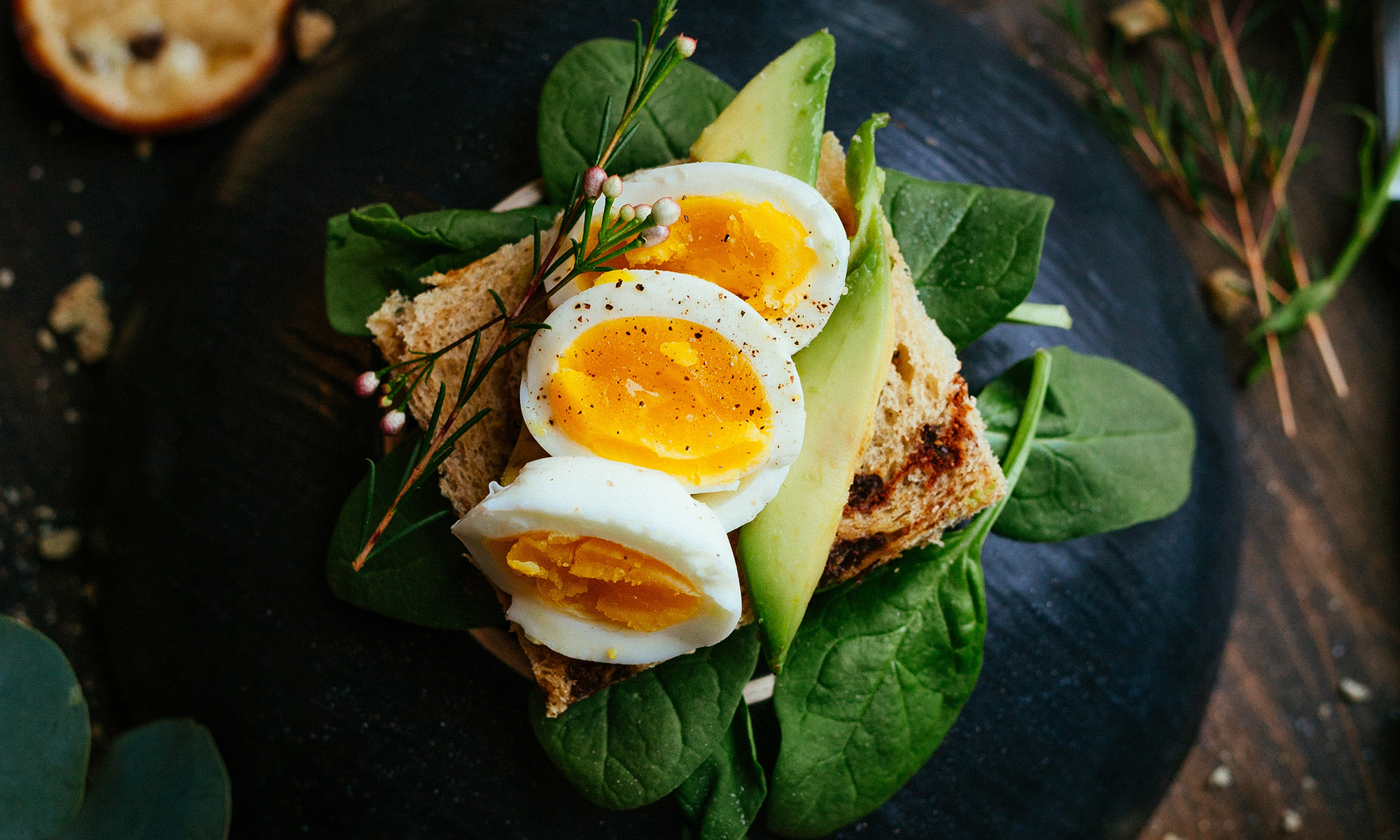A clump of pages just fell out from one of my favorite cookbooks. I can stuff them back in, but I wonder if I should buy a second copy. I love the well-worn look and feel … testament to its prized stature in my cookbook collection. But I fear that if I don’t get a back up copy, it might go out of print and I will lose this treasure forever.
The Chinese Kitchen by Eileen Yin-Fei Lo.
Thursday evening the temperatures quickly dropped below freezing. I had been trying to power through my cold for a week, and I had finally succumbed and stayed in bed with a box of tissues and a stack of magazines. Hunger was setting in.
I knew I had a half head of cauliflower, (flaccid) scallions and ginger in the fridge, and chicken thighs in the freezer. And as is my usual habit, I pulled The Chinese Kitchen off the shelf. I knew she had a recipe for cauliflower, so I started thumbing through the pages looking for inspiration.
I let the restorative powers of ginger and chilies work their magic, they cut through the congestion and awakened by my taste-buds. In Chinese culture, ginger is considered a warming food, and is beneficial when suffering from a cold. Indeed, I felt warmer and refreshed after dinner.
What’s your favorite cookbook? Would you buy a second copy to have just in case?
Stir Fried Cauliflower with Chicken
Another recipe adapted from The Chinese Kitchen
For the Sauce:
2 tablespoons oyster sauce
1 ½ teaspoon soy sauce
1 teaspoon sesame oil
1 tablepoon corn starch
¼ cup chicken broth
8 dried black mushrooms, soaked in hot water for 20 minutes
1 thick slice of ginger smashed
2 cloves garlic smashed
2 ½ teaspoons salt
½ head cauliflower, core cut out, and cut into florets
¾ pound boneless, skinless chicken thigh meat
2 teaspoons corn starch
¼ cup plain oil
2 teaspoons chopped ginger
2 garlic cloves chopped
1 red jalapeno, sliced
3 scallions, cut into rounds
1. Mix ingredients for sauce together. Set aside.
2. Bring a pot of water to a boil. Add the hunk of ginger, garlic and 2 teaspoons of salt. Add the cauliflower and cook for 3 minutes. Drain. Scoop out and discard the ginger and garlic.
3. Cut chicken into strips. Toss with remaining salt and corn starch.
4. Cut stems off of mushrooms and slice thin.
5. Heat a large skillet or wok. Add the oil and heat over medium-high flame.
6. Cook the chicken in the oil, being sure to separate the pieces, for 3 minutes or until they start to lose their pink color.
7. Remove chicken with a slotted spoon and set aside. Drain all but 1 tablespoon of the oil.
8. Return pan to a high heat and add the cauliflower. Stir fry for a few minutes until it starts to brown. Add the ginger, garlic and chilies and cook for two minutes more or until it becomes aromatic.
9. Return the chcikent to the pan and cook for 1 minute more. Add the sauce and cook until it thickens. Add some water or chicken stock if necessary.
10. Garnish with scallions.

